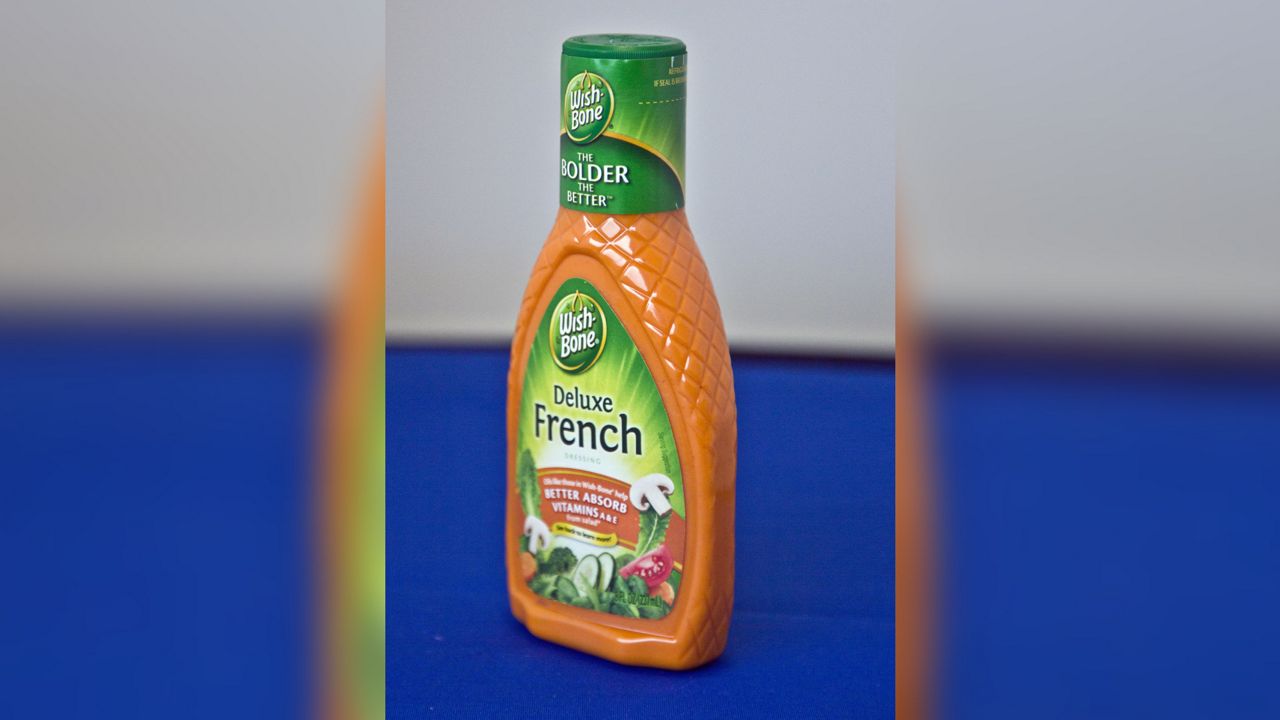The Food and Drug Administration on Thursday agreed to revoke the decades-old standard of identity for French salad dressing, saying in part that the outdated requirement “no longer promotes honesty and fair dealing.”
The proposed rule change, which was submitted to the Federal Register, is largely thanks to a successful petition from the Association for Dressings and Sauces – a consumer advocacy group that represents the interests of those in the dressing, mayonnaise and assorted condiment industry – that was first submitted in 1998.
"Revocation of the standard of identity for French dressing could provide greater flexibility in the product's manufacture, consistent with comparable, non-standardized foods available in the marketplace," the ADS petition read in part.
When the FDA first issued the regulations in 1950, French dressing was the only salad dressing that was required to include oil, acidifying ingredients and seasoning, and was meant to serve as the standard for future dressings. While later updates allowed French dressing manufacturers to include additives that would give the sauce its signature orange color, tomato and tomato-derived ingredients could be used, but were not required.
The ADS petition pointed out that the requirements are essentially moot, as scores of other dressings have popped up in the marketplace, without the same regulations.
“Most, if not all, products currently sold under the name ‘French dressing’ contain tomatoes or tomato-derived ingredients and have a characteristic red or reddish-orange color,” the FDA wrote in Thursday’s proposed rule. “They also tend to have a sweet taste. Consumers appear to expect these characteristics when purchasing products represented as French dressing.”
Since French dressing has become a “narrower” category of dressing in the past seven decades, the FDA believes the market will be able to maintain the traditional aspects of French dressing, while also having the “flexibility to use different ingredients to produce products that meet consumer expectations for French dressing.”
French dressing producers, of which there were approximately 53 in the U.S. as of 2018, will not be required to change their manufacturing process when the rule goes into effect on Feb. 14. Instead, officials hope the change can “provide an opportunity for innovation and the introduction of new French dressing products, providing benefits to both consumers and industry.”








